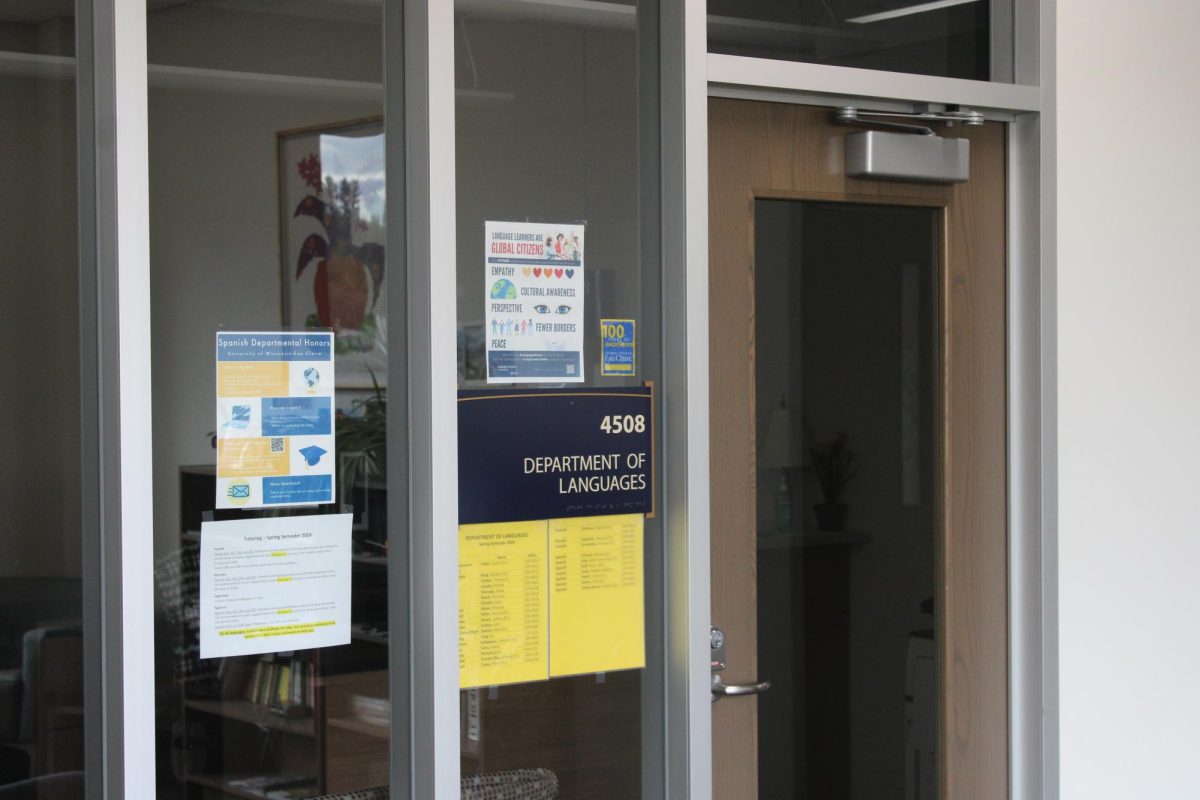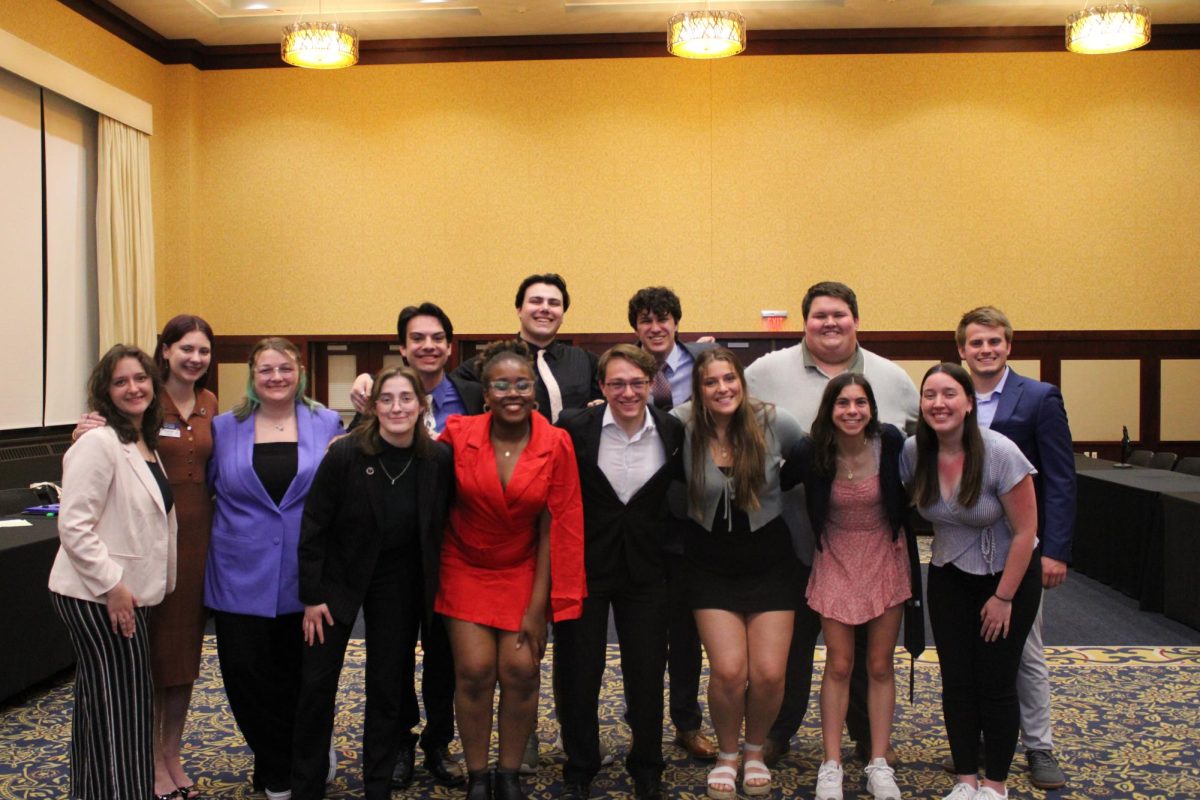Health care in Wisconsin is experiencing a shortage of primary care physicians, specifically in both inner-city and rural areas, according to a report released Nov. 10 by the Wisconsin Council on Medical Education and Workforce. This shortage could send patients seeking alternatives to primary care.
The shortage has come about from an uneven distribution of physicians in Wisconsin, with surpluses in urban areas and shortcomings in rural areas, according to the report. There is an overall shortfall of 374 primary care physicians in Wisconsin and 20 alone in the inner city Milwaukee area.
Mary Kay Grasmick, vice president of communications at the Wisconsin Hospital Association, said another problem with the shortage is that a primary care physician carries a significant workload as the first point of contact for a patient.
“If a person needs more specialized care the primary care physician coordinates it,” Grasmick said. “They are the backbone of the system.”
Job dissatisfaction could be another culprit behind the shortage. Long hours, more patients and having to be on-call characterize a career in primary care, Grasmick said, adding that supply and demand factors make a difference too.
“Demand is going way up as people are getting older and seeking more services,” she said, adding that the demand for physicians is going up quicker than they can be educated to serve that need.
One strategy to alleviate the workload for a primary care physician is the use of hospitalists. Usually, primary care physicians have to make sure the hospital cares for their patients who had been admitted. Hospitalists can coordinate that care, Grasmick said, keeping the primary care physician in the clinic and able to see more patients.
Recruiting new physicians is high on the list of ways to address the shortage. All hospitals and clinics in the state are listing open positions at wisconsinphysiciancareers.org, Grasmick said, adding there are over 600 positions currently listed.
Grasmick said the Web site is targeting physicians doing their residency in Wisconsin or those who have left the state.
“We want to make sure they see all the job positions we have open and where they are at so they know there are a lot of job opportunities,” she said.
Another strategy is attracting people who go to medical school who are more likely to return to their home areas to practice medicine, such as a rural area lacking physicians. Students who come from small towns often return to them, Grasmick said.
The Wisconsin Academy of Rural Medicine is part of the strategy.
“We think its going to be very successful,” Grasmick said. “The people in that program are very dedicated and very motivated to move back into rural areas to practice medicine.”
Attracting physicians to the inner city is also difficult, as it’s not as an attractive place to practice medicine, Grasmick said. Patients often have issues unrelated to medical conditions, such as transportation problems or an inability to fill prescriptions, she said.
“Sometimes the location is almost daunting,” Grasmick said. ” It’s not in the section of town that people would be as comfortable in.”
The biggest obstacle is making sure inner-city physicians are making a living, Grasmick said.
For students at UW-Eau Claire, the alternative to hard-to-find primary care could be an increased use of Student Health Service.
Junior Melanie Gullerud and her Management 340: Organizational Behavior group are working on a project in collaboration with SHS to compare their prices with those of local emergency rooms or urgent care clinics.
“We want to get the word out to students that SHS is very convenient choice and less expensive to going to the hospital,” Gullerud said.
Gullerud and her group chose to look at medical services they thought most college students would be interested in, such as birth control, mono tests and vaccines.
The group is making flyers comparing prices and services to hang up around Davies Center and to hand out to resident assistants in the dorms, Gullerud said, adding that they want to get the word out to non-traditional students and freshman who may be unaware of the services offered by SHS.
“I’m a junior, and I still didn’t even know about most of the services,” she said.
Gullerud stressed that SHS is not only convenient but also quite
inexpensive.
“I can just go here and get a shot, instead of my parents having to pay like $300,” she said. “It’s also like $4 for a strep or mono test . something that a lot of people have to get. You can save a lot of money going to student health.”






